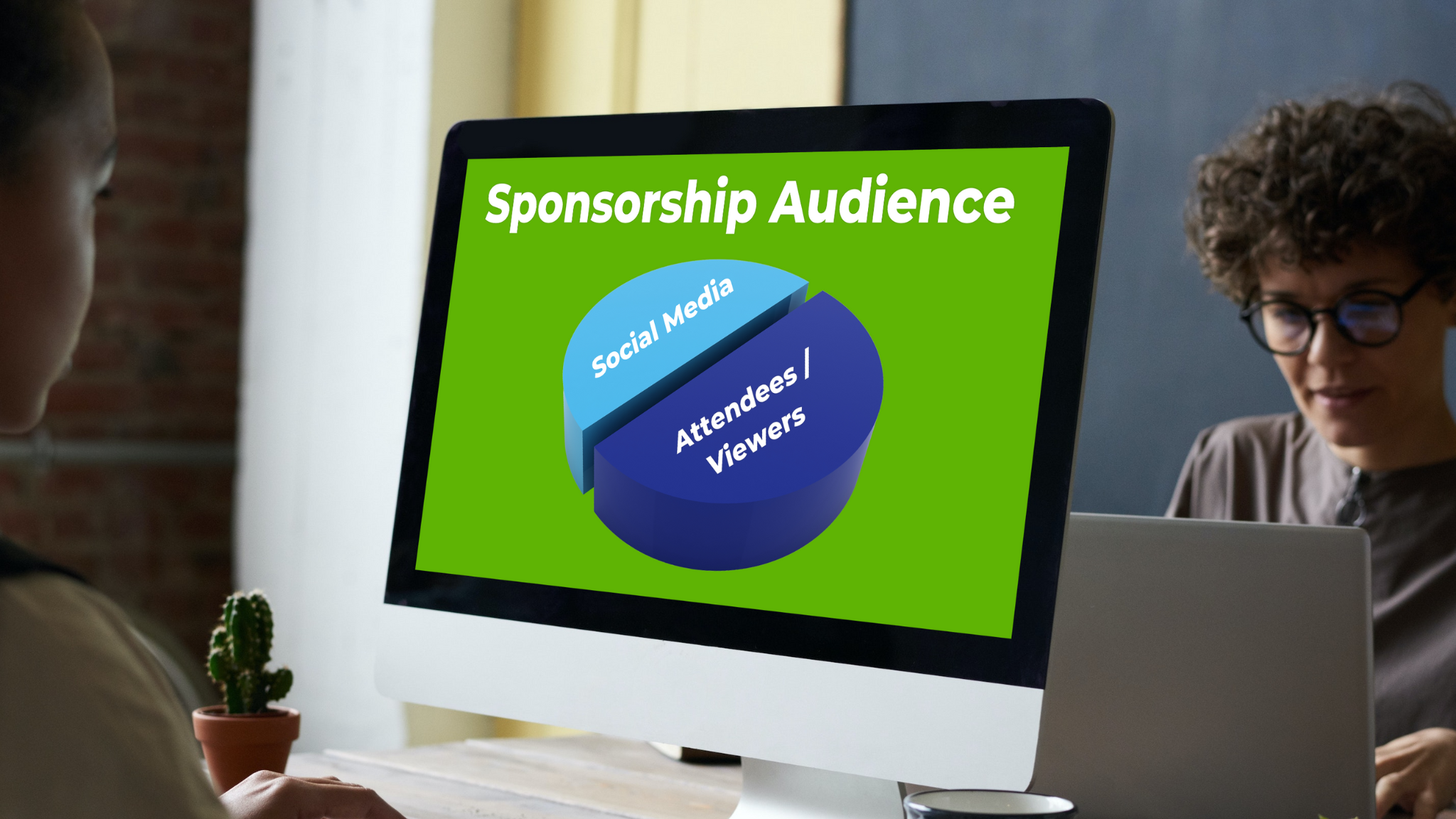
Harnessing Image Transfer: Sponsorship’s Superpower
If you’re like me, you have a favorite marketing tool.
Some love social media, others appreciate influencer marketing, while others think of advertising as their go-to tool.
Mine? I love sponsorship. Why? Unlike other marketing tools, sponsorship possesses a unique superpower. That superpower is called “image transfer.”
What is Image Transfer?
Every brand evokes an emotional response from consumers. Image transfer occurs when the emotional association with one brand is transferred to another. Let’s take sports sponsorship, for example. Fans love their hometown team because it stands for “excitement” in their minds. Image transfer occurs when the audience associates excitement with the team’s sponsors.
If I were using advertising, I’d have to prove to the consumer that my brand is exciting. In sponsorship, I just need to place my brand near an exciting property. (OK… so it’s a little more complicated than that). The superpower of image transfer takes it from there.
There are many examples of image transfer. One of my favorites comes from the decades-long relationship between the Firestone brand and the NTT IndyCar Series. Through a long-time association with IndyCar, consumers have considered Firestone safe, reliable, and consistent. If that tire can safely carry an IndyCar at 200 mph, it can certainly carry your family safely on the highway. As a result, image transfer complete.
Image Transfer’s Kryptonite
Image transfer has drivers that either give it lift or in some cases dampen it. There are essentially four types of Kryptonite which reduce the benefits.
- Fit – The audience must perceive the logical connection between a sponsor and the property. This can be based on category. Do esports fans see a connection between quick-service restaurants, energy drinks, and their sport? Yes, and yes. Fit can also be based on the respective personalities of the sponsor and the property. A partnership between a cautious family brand and an EDM festival would be like oil and water.
- Commercialism – An audience must perceive that the sponsor is there to enhance the experience or provide some other benefit without expecting sales or financial return. This one’s tricky. Most companies are in the business of selling something. However, in this case, it should not be an overt motivation.
- Sincerity – The audience should perceive the sponsor’s reason for being involved in the sponsorship as honest and authentic.
- Involvement – The best cases of image transfer occur within an audience that is very excited about being involved with the sponsored property.
Harness the Superpower
To properly harness this superpower and enjoy good image transfer, remember these four rules:
- Pick the correct sponsorship from the start. Ensure that there is category and personality fit. If the sponsorship doesn’t fit, no amount of PR can dress up this dud of a sponsorship.
- Create a plan that hits all the image transfer drivers. Assuming the fit is there, create a communications plan which articulates why the sponsor is engaged in the sponsorship. What benefits does the sponsor hope to share why the audience, and why does this matter to the sponsor? Be sincere in your messages. Also, aim activation and leverage activities at the most involved fans.
- Rinse, lather, and repeat. The second rule can be repeated and refreshed for the duration of the sponsorship. Rules of reach and frequency apply in sponsorship as in advertising.
- Don’t forget corporate social responsibility goals. For instance, research indicates a strong correlation between image transfer and involvement in causes an audience cares about. This is another strong way to promote image transfer in a sponsorship.
In short, brands and properties that succeed in image transfer understand that it’s not by accident. Great strategy and solid execution are the building blocks to making great things happen in business and in sponsorship.


